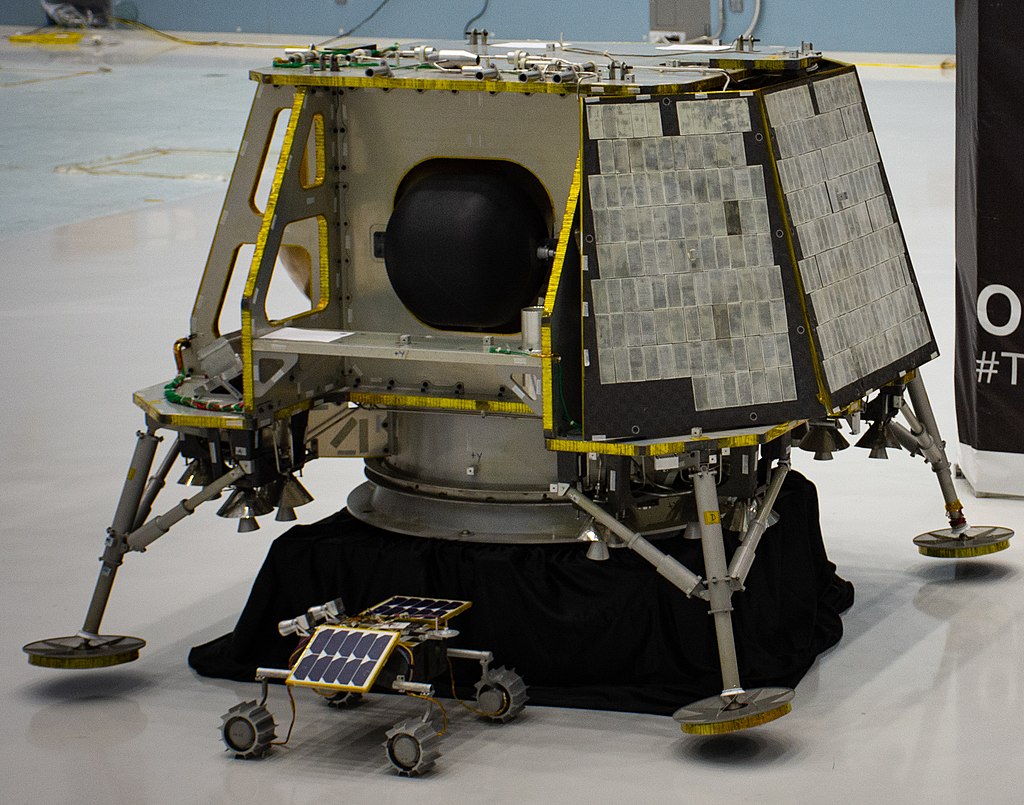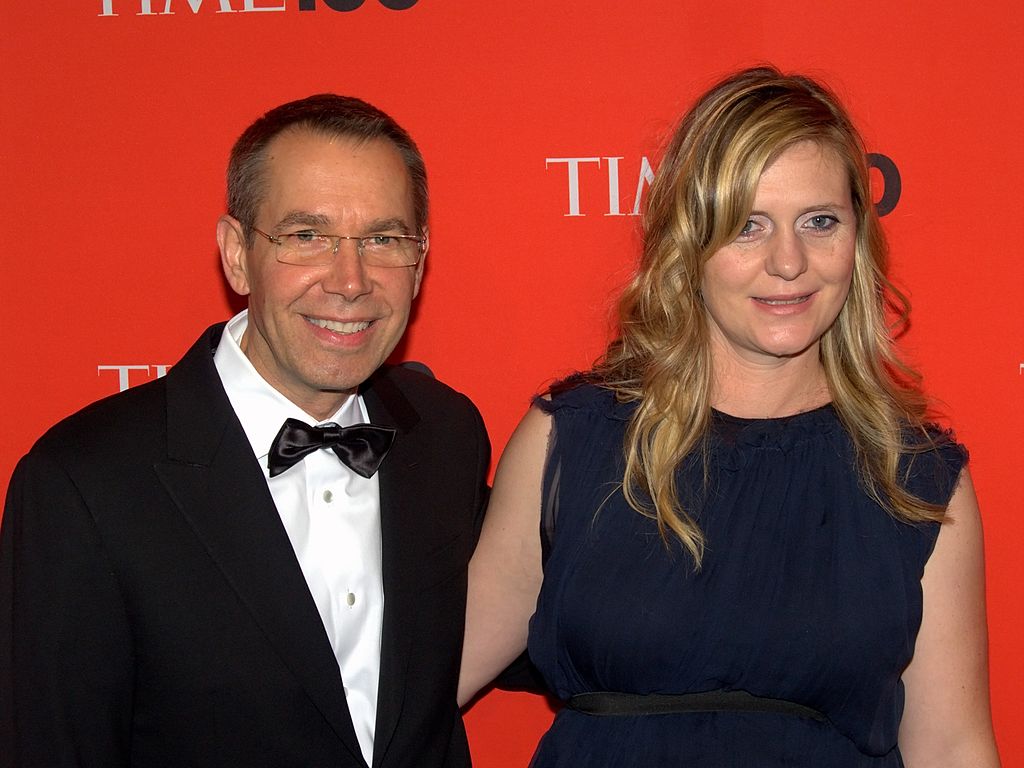
Odysseus Moon Lander: The First Art Museum in Space?
The Odysseus moon lander made headlines as the first U.S. spacecraft to land on the Moon since the 1970s. Beyond its achievement as the first privately-made spacecraft to land on the Moon, it also achieved the distinction of putting the first “lunar art museum” into orbit.
The lander, created by Intuitive Machines, was launched on February 15. It touched down on the Moon on Thursday, February 23 after a lopsided landing that almost crashed into the surface. This was attributed to human error after flight readiness teams didn’t manually unlock a safety switch before launch.

Much fanfare came about its landing, as private companies and artists utilized its landing to make history of their own. Amongst it was multiple art pieces that were made specifically as a repository of human artistic achievements. Noted artist Jeff Koons and art-aeronautics company Space Blue contributed to the pieces on Odysseus.
Jeff Koons’ Moon Phases

Artist Jeff Koons, best known for his steel-balloon animal sculptures, unveiled a new sculpture series for the Odysseus Moon Lander. Called Moon Phases, the series contains 125 1-inch sculptures of the Moon, all encased in a transparent glass box. The sculptures show the different phases of the Moon that’s visible to the Earth and in space, including one lunar eclipse.
The sculptures themselves also correspond to a specific accomplished person of history, from various fields and timelines. This includes Hippocrates, Josephine Baker, Salvador Dali, Jane Austen, and Immanuel Kant.
The sculptures also contain a precious stone, depending on what phase the sculpture represents. There’s a white diamond for landing within an illuminated area and a blue sapphire for a shadowed area. A red ruby represents the Moon during a total eclipse.
Moon Phases also has two other components working with it: one is a similar series that’s banked on Earth, and the other are NFTs that correspond with one of the sculptures. The sculptures on Earth are about 15.5 inches, made of stainless steel with transparent colors.
On Instagram, Koons praised the landing as an “astounding achievement.” He added later in the post, “I am so honored to have my Moon Phases artworks be part of the Odysseus mission!”
The Lunar Art Museum
Meanwhile, art-aerospace company Space Blue, headed by Dallas Santana, announced they were able to transport the first lunar art museum. The payload reportedly contains different music and art from 222 artists, including iconic album covers, photographs of Woodstock ‘69, and a “Sumerian cuneiform fragment of musical notation.”

Santana, in an interview with Billboard, said the music was chosen from iconic artists believed to have stood “the test of time.” He opened a company, Lunar Records, specifically to get the proper rights of the music launched into space. It contains songs from iconic artists like Elvis Presley, Janis Joplin, and Timbaland—many of which have never been released.
“Songs that have never been released, ever—they’re on the moon now,” he said.
It also includes the documentary Climate Refugees by Michael P. Nash, also as a way of ensuring that evidence of climate change remains even if the Earth is destroyed. Nash describes it as a “future ancient cave drawing” that generations after ours can use to see the plight of humanity today.

Space Blue reportedly did not inform NASA, Intuitive Machines, or SpaceX, who handled the rocket launch, of the lunar art museum that was launched. Santana said that he specifically had to placate artists that were being included about the museum being curated by the likes of Elon Musk, SpaceX’s founder.
“When we decided to have conversations about musicians last year, we thought it was not appropriate to bring [it to] his attention [about] what we were going to do,” Santana said.


